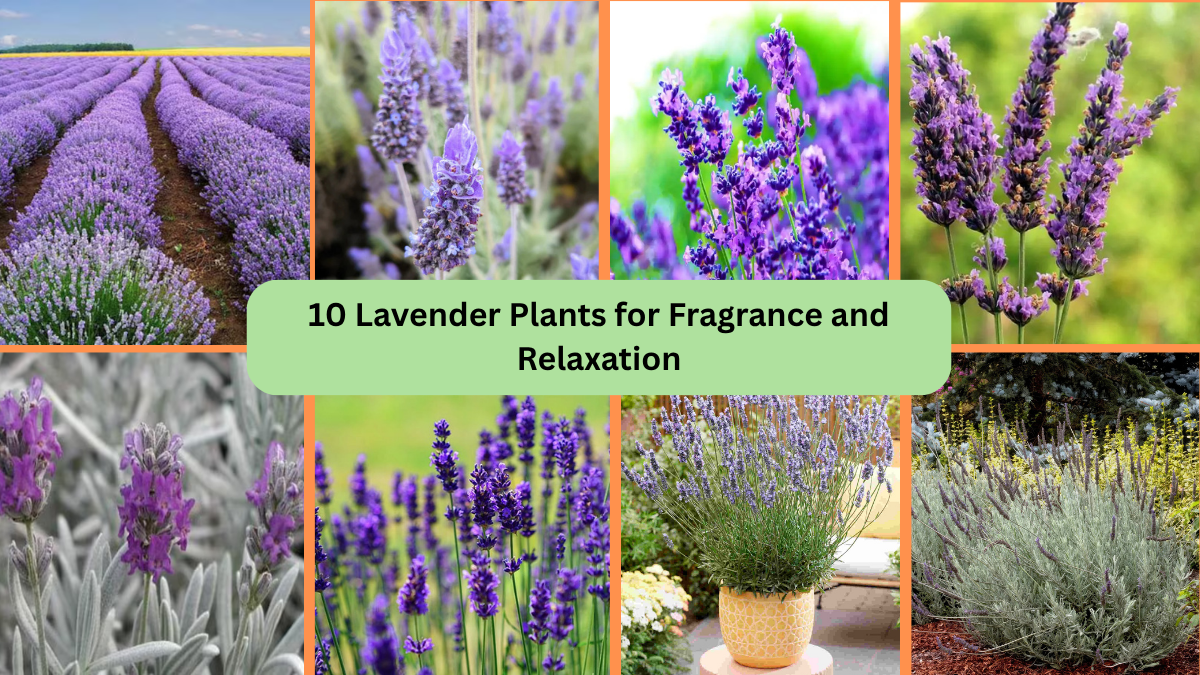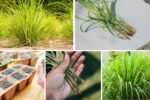Lavender isn’t just a beautiful garden plant; it’s a symbol of calm, wellness, and timeless beauty. Its soothing scent, striking purple blooms, and versatility in both gardens and homes have made it a favorite for centuries. Whether you’re planting a relaxing border, crafting homemade sachets, or creating an herbal tea blend, there’s a lavender variety perfect for you. Let’s explore 10 remarkable lavender plants that will fill your garden and home with fragrance and tranquility.
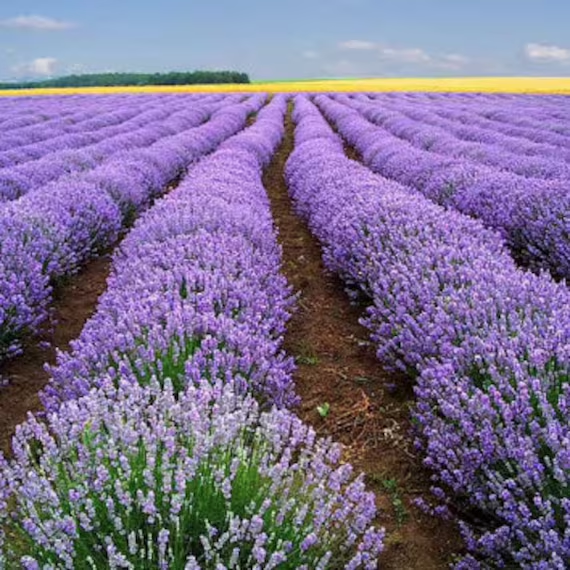
1. English Lavender (Lavandula angustifolia)
Perhaps the most classic of all, English Lavender is prized for its sweet, floral aroma and delicate purple blooms. It’s a hardy, drought-tolerant plant that thrives in full sun and well-drained soil. This variety is perfect for garden borders, pathways, and herbal sachets. Its flowers are also edible, making them ideal for culinary uses like lavender-infused desserts or teas. Popular cultivars include ‘Hidcote’ and ‘Munstead,’ both known for their compact size and richly fragrant flowers.
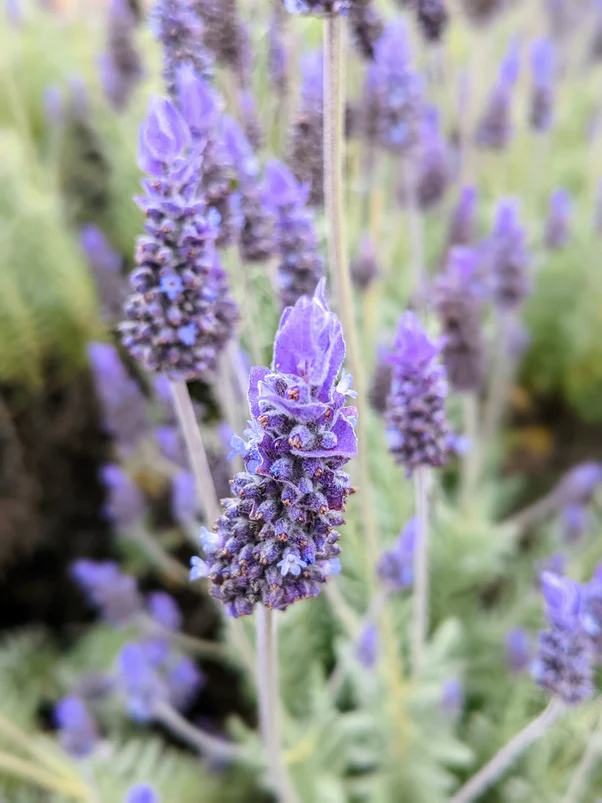
2. French Lavender (Lavandula dentata)
French Lavender stands out with its serrated leaves and long-lasting blooms. It produces spikes of violet flowers topped with pale purple bracts, giving it a distinctive, whimsical appearance. The scent is lighter and more herbal than English Lavender, making it ideal for use in potpourri and essential oils. It’s perfect for Mediterranean-style gardens and thrives in warm, sunny spots with well-drained soil. Its compact, bushy habit makes it an excellent choice for containers too.

3. Spanish Lavender (Lavandula stoechas)
Known for its showy, butterfly-like bracts atop flower spikes, Spanish Lavender is a striking, ornamental variety. It blooms earlier in the season than many other lavenders and continues through summer. Its bold appearance and strong, herbal fragrance make it a favorite for borders and decorative planters. This lavender thrives in hot, dry conditions and poor, sandy soils, making it perfect for rock gardens or xeriscaping projects.
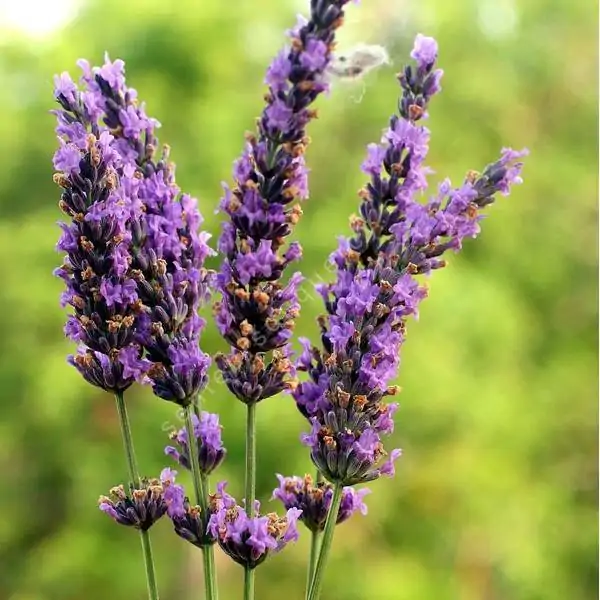
4. Lavandin (Lavandula x intermedia)
A hybrid of English and Portuguese lavender, Lavandin combines the best of both worlds. It produces tall, robust flower spikes and has a stronger, more camphor-like scent than English Lavender. It’s often grown for commercial oil production and is perfect for larger gardens or informal hedges. Popular cultivars like ‘Grosso’ and ‘Provence’ offer spectacular displays and fill the air with a clean, calming aroma. Lavandin is also excellent for dried arrangements and sachets.

5. Portuguese Lavender (Lavandula latifolia)
Also called Spike Lavender, this variety is known for its broad leaves and intense fragrance. Its taller, slender flower spikes bloom a bit later in the season and are highly aromatic. Portuguese Lavender prefers full sun and is particularly drought-tolerant once established. The oil derived from this plant has a sharper scent, making it popular for medicinal balms and natural cleaning products. It’s a lovely addition to herb gardens or mixed Mediterranean plantings.
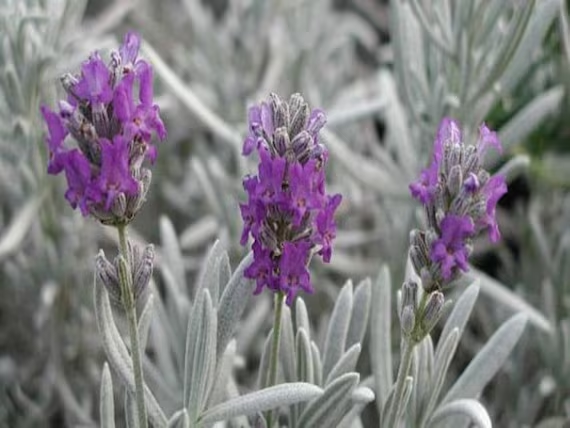
6. Woolly Lavender (Lavandula lanata)
Woolly Lavender is admired for its soft, silver-gray, felted foliage and compact, bushy growth habit. Its purple flowers are rich in fragrance, making it a delightful choice for pathways or small courtyards. This variety loves hot, dry locations and poor soils, thriving with minimal maintenance. The foliage alone adds texture and color contrast in gardens, even when the plant isn’t in bloom. Woolly Lavender also makes an attractive container plant for sunny patios.
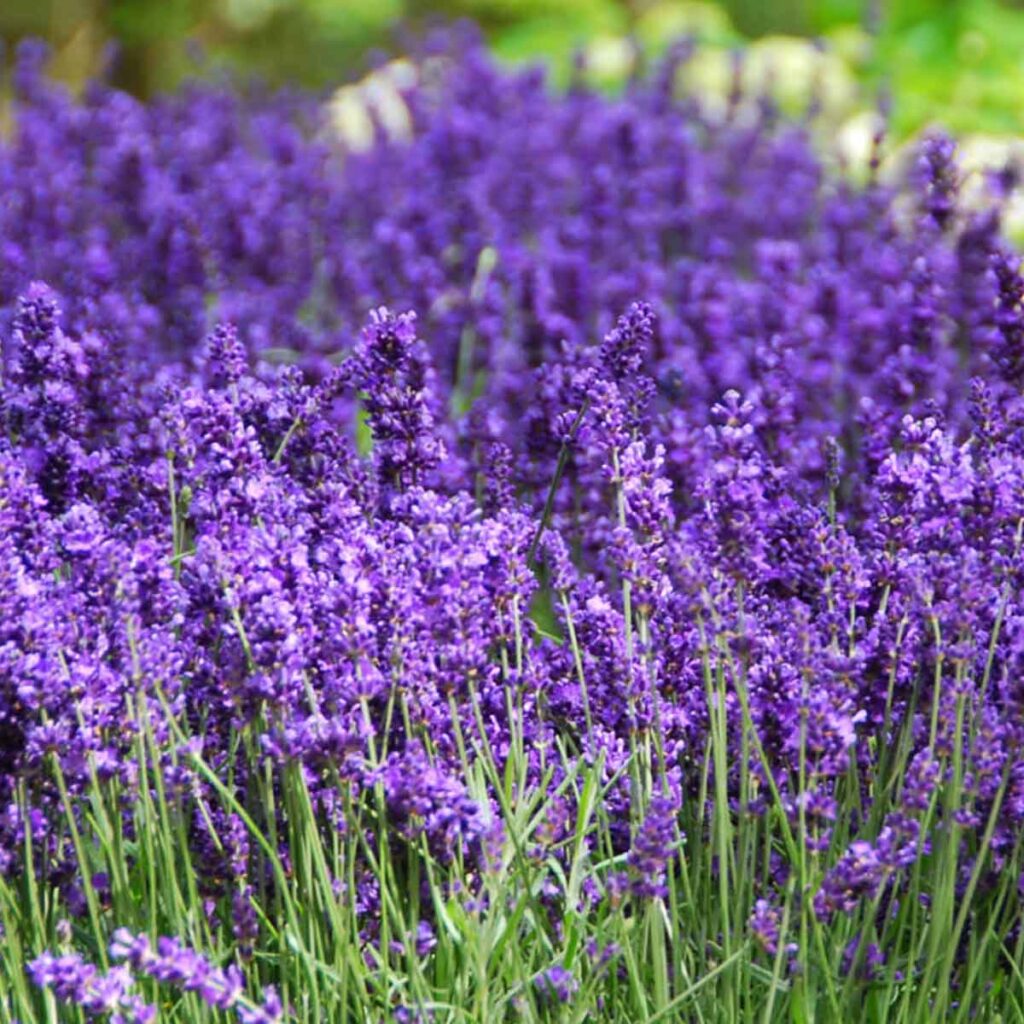
7. Egyptian Lavender (Lavandula multifida)
If you’re seeking a variety that blooms over an extended period, Egyptian Lavender is ideal. It produces finely divided, fern-like foliage and violet-blue flowers almost year-round in warm climates. Its fragrance is herbal and slightly medicinal, commonly used in essential oils and herbal remedies. This plant thrives in poor, rocky soils and requires little water, making it perfect for drought-prone areas. Egyptian Lavender’s airy foliage adds an informal, wild look to any garden.
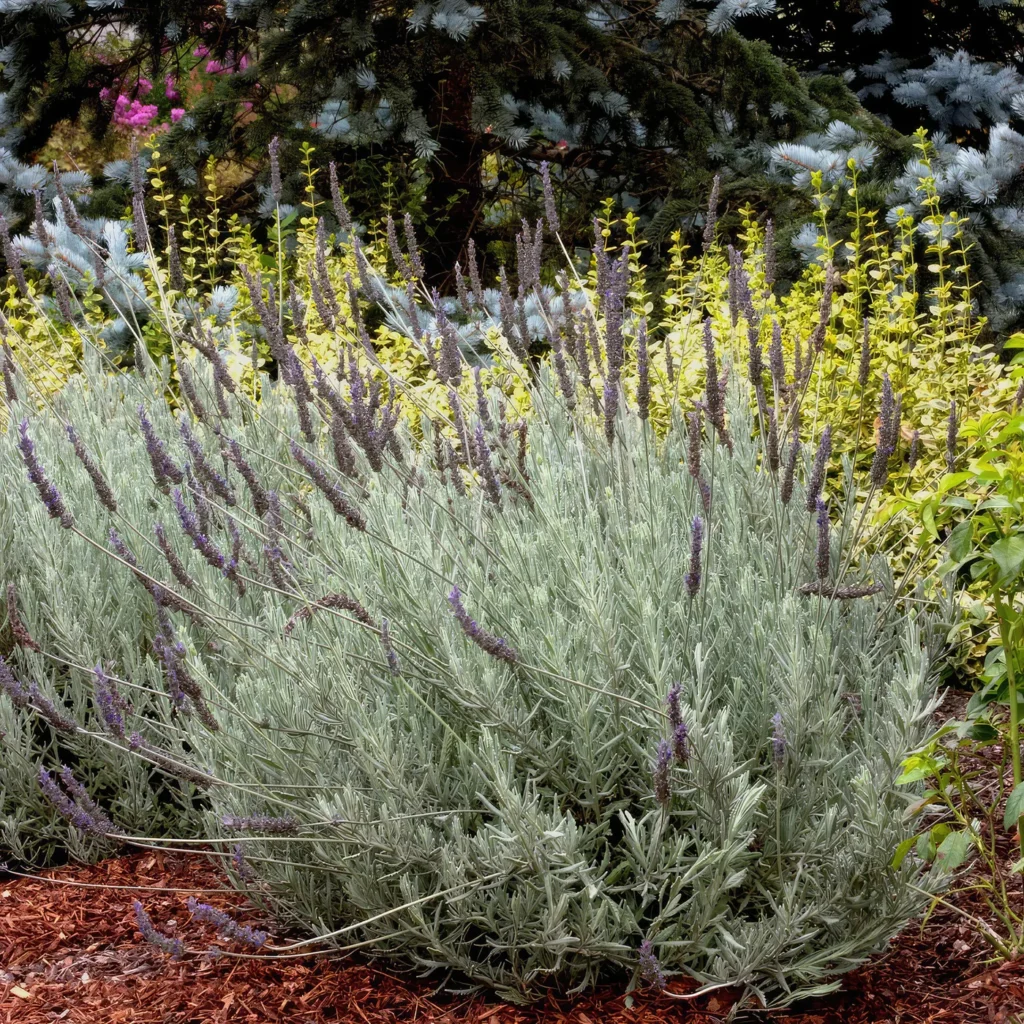
8. Goodwin Creek Gray Lavender
A hybrid between French Lavender and Portuguese Lavender, Goodwin Creek Gray is cherished for its silvery-gray foliage and compact size. It produces deep purple flowers on long stems, filling the air with a soothing scent. This lavender loves sunny spots and well-drained soil, making it perfect for borders, pathways, or container gardens. Its elegant appearance and year-round foliage make it a standout in both formal and cottage-style landscapes.

9. Phenomenal Lavender (Lavandula x intermedia ‘Phenomenal’)
Phenomenal Lavender is a newer cultivar celebrated for its exceptional cold and heat tolerance. It produces classic purple flower spikes with a sweet, clean aroma and maintains a neat, rounded shape. This versatile plant thrives in full sun and well-drained soil, making it perfect for hedging, rock gardens, or mass plantings. Its resilience and prolonged blooming period make it a favorite for gardeners in diverse climates.

10. Anouk Lavender (Lavandula stoechas ‘Anouk’)
Anouk Lavender is a compact, highly ornamental variety of Spanish Lavender, known for its vibrant purple flower spikes and dark purple bracts. It’s one of the earliest lavenders to bloom, offering months of color and fragrance. This variety thrives in pots, sunny borders, and along pathways. It prefers dry, well-drained soils and benefits from light pruning after flowering to maintain its shape. Anouk’s strong scent and striking blooms make it a charming addition to any garden.
Final Thoughts
Lavender plants offer much more than beauty — they bring tranquility, wellness, and sensory delight to any space. Whether you’re planting a calming herb garden, decorating patios with fragrant pots, or creating homemade sachets and oils, these 10 lavender varieties will fill your life with peace and classic charm. Choose a mix to enjoy different scents, colors, and textures throughout the growing season.
Would you like a planting and care guide for lavender too? I’d be happy to craft one for you!
